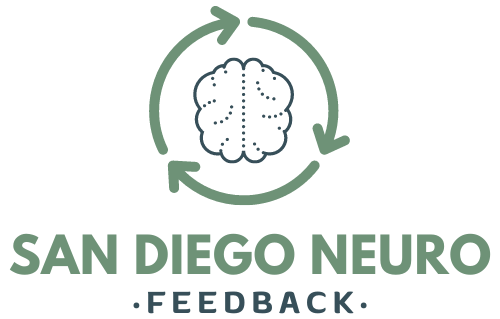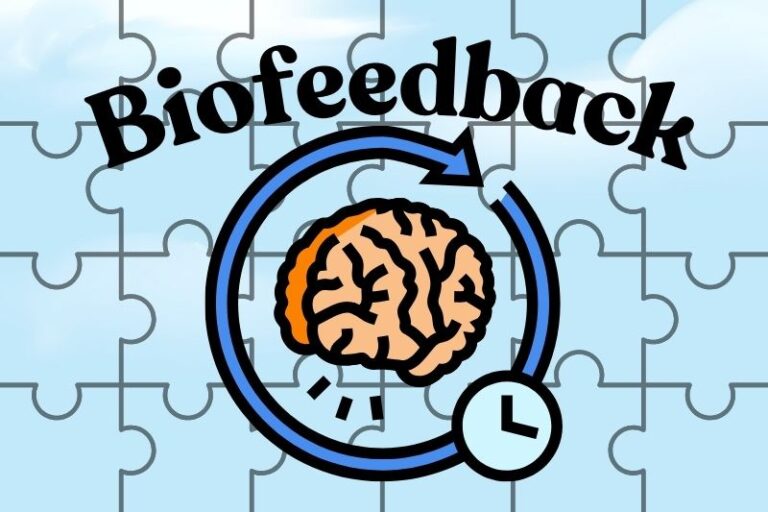Biofeedback is a technique that trains individuals to control physiological processes that are typically involuntary, such as heart rate, muscle tension, and blood pressure.
By providing real-time data on these functions, biofeedback helps people learn how to manage them consciously. But can you do biofeedback on your own? Let’s explore this question, breaking it down into the essentials of biofeedback, the feasibility of self-administration, and tips for effective practice.
Biofeedback involves using sensors attached to the body to measure physiological functions and provide feedback through visual or auditory signals. Common types of biofeedback include:
- Electromyography (EMG): Measures muscle tension.
- Thermal Biofeedback: Monitors skin temperature.
- Electroencephalography (EEG): Tracks brainwave activity.
- Heart Rate Variability (HRV): Measures variations in heart rate.
Benefits:
- Stress Reduction: Biofeedback is effective in managing stress and anxiety by teaching relaxation techniques. According to Lehrer and Gevirtz (2014), biofeedback allows individuals to see how stress affects their body and learn to control these responses.
- Chronic Pain Management: Biofeedback helps reduce pain by relaxing muscles and improving posture. Research by McKee and Morley (1990) indicated that biofeedback is effective in treating chronic pain by helping patients become aware of and control their muscle tension.
- Enhanced Performance: Athletes and musicians use biofeedback to optimize performance by controlling physiological responses. Studies like those by Strack (2003) have shown that biofeedback can enhance performance in various fields by enabling individuals to regulate their physiological states effectively.
Feasibility of Self-Administered Biofeedback
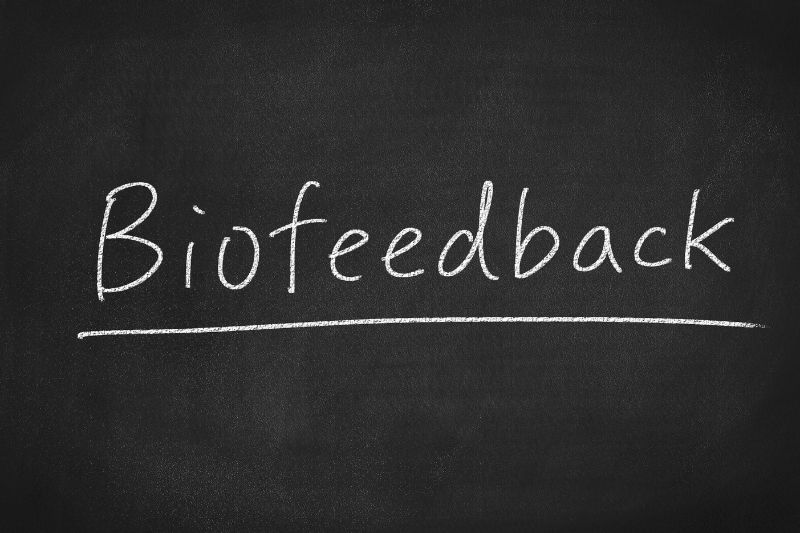
Can You Do It on Your Own? Yes, it is possible to do biofeedback on your own, especially with the advancements in technology that have made biofeedback devices more accessible and user-friendly. However, there are many things you should consider if you’d like to use them at home by yourself:
Pros:
- Convenience: You can practice biofeedback at your own pace and in your preferred setting.
- Cost-Effective: Saves money on professional sessions, which can be expensive.
- Immediate Feedback: Provides instant data on your physiological states, enabling quick adjustments.
Cons:
- Initial Learning Curve: Knowing how to use biofeedback devices and interpret the data can be challenging. Khazan (2013) points out that the initial learning phase can be daunting without professional guidance, but with patience and practice, self-administered biofeedback can be mastered.
- Accuracy: Professional-grade equipment is often more accurate than consumer devices.
- Lack of Guidance: Without professional oversight, it might be difficult to know if you’re using the techniques correctly.
Getting Started with DIY Biofeedback
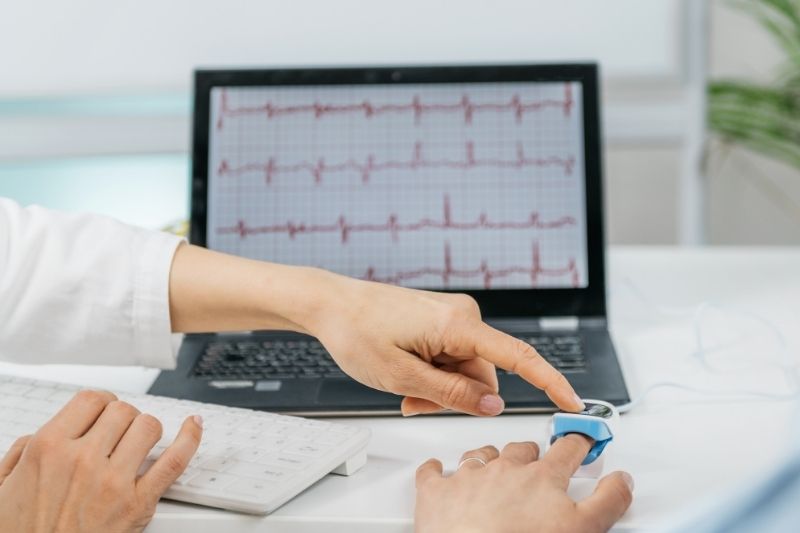
Choose the Right Device:
- EMG Devices: Useful for muscle relaxation and tension headaches. As noted by McKee and Morley (1990), EMG biofeedback is particularly effective for managing conditions related to muscle tension.
- HRV Monitors: Great for stress management and cardiac health. Lehrer and Gevirtz (2014) state that HRV biofeedback is a powerful tool for enhancing stress resilience and overall cardiovascular health.
- EEG Headbands: Suitable for meditation and focus enhancement.
Learn the Basics:
- Read Manuals: Thoroughly read the instruction manuals of your device.
- Online Resources: Utilize tutorials and courses available online to understand biofeedback principles. Lehrer suggests that educational resources can provide foundational knowledge crucial for effective self-practice.
Set Up Your Environment:
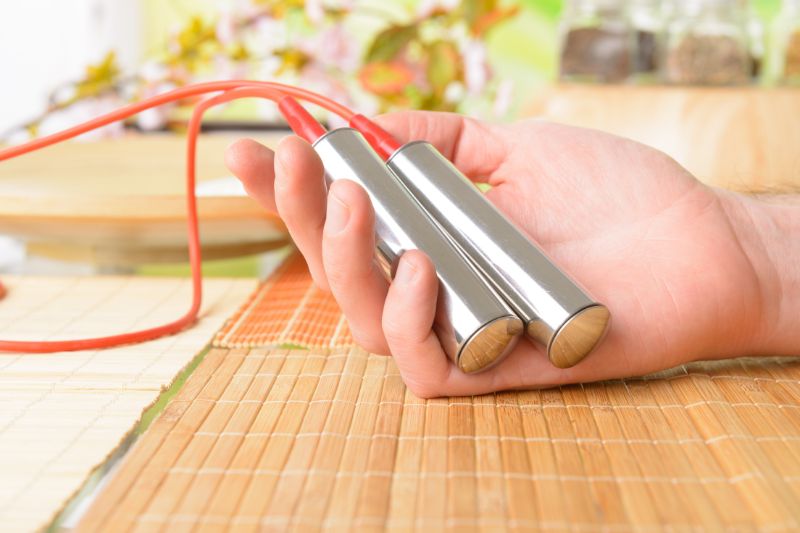
- Quiet Space: Find a calm and quiet space free from distractions.
- Comfortable Seating: Ensure you have comfortable seating or a lying-down area.
Start with Simple Exercises:
- Deep Breathing: Focus on controlling your breath to influence heart rate and muscle tension.
- Progressive Muscle Relaxation: Systematically tense and relax different muscle groups.
Track Your Progress:
- Record Data: Keep a log of your sessions and note improvements.
- Adjust Techniques: Modify your approach based on the feedback and outcomes. Yucha and Gilbert (2004) emphasize that regular tracking and adjustments are key to achieving desired outcomes in biofeedback practice.
Tips for Effective Self-Administered Biofeedback

Consistency is Key:
Practice regularly, ideally daily, to see significant benefits.
Stay Patient:
Progress might be slow initially, but persistence pays off. Khazan (2013) notes that the benefits of biofeedback are cumulative and become more apparent with consistent practice.
Seek Support if Needed:
Consider consulting a biofeedback therapist for initial training or if you encounter difficulties.
Combine with Other Techniques:
Integrate biofeedback with other relaxation techniques like mindfulness and yoga for enhanced results. Lehrer found that combining biofeedback with mindfulness practices can amplify the benefits and improve overall well-being.
So, should you?
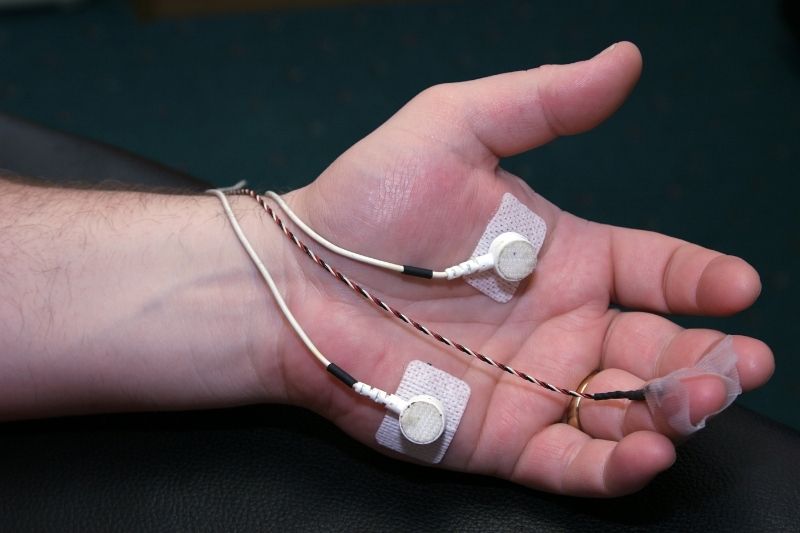
Yes, you can do biofeedback on your own, thanks to the availability of user-friendly devices and comprehensive online resources.
While it may require some initial learning and patience, self-administered biofeedback can be an effective and convenient way to manage stress, enhance performance, and improve overall well-being. Start with the basics, track your progress, and stay consistent to reap the benefits of this powerful technique.
References
Lehrer, P. M., & Gevirtz, R. (2014). Heart rate variability biofeedback: How and why does it work? Frontiers in Psychology, 5, 756.
Khazan, I. Z. (2013). The Clinical Handbook of Biofeedback: A Step-by-Step Guide for Training and Practice with Mindfulness. Wiley-Blackwell.
McKee, M. G., & Morley, S. (1990). Biofeedback and behavioral medicine: From research to clinical practice. Journal of Consulting and Clinical Psychology, 58(3), 398.
Strack, B. J. (2003). Effect of heart rate variability (HRV) biofeedback on batting performance in baseball. Applied Psychophysiology and Biofeedback, 28(3), 227-236.
Yucha, C., & Gilbert, C. (2004). Evidence-Based Practice in Biofeedback and Neurofeedback. Association for Applied Psychophysiology and Biofeedback.
